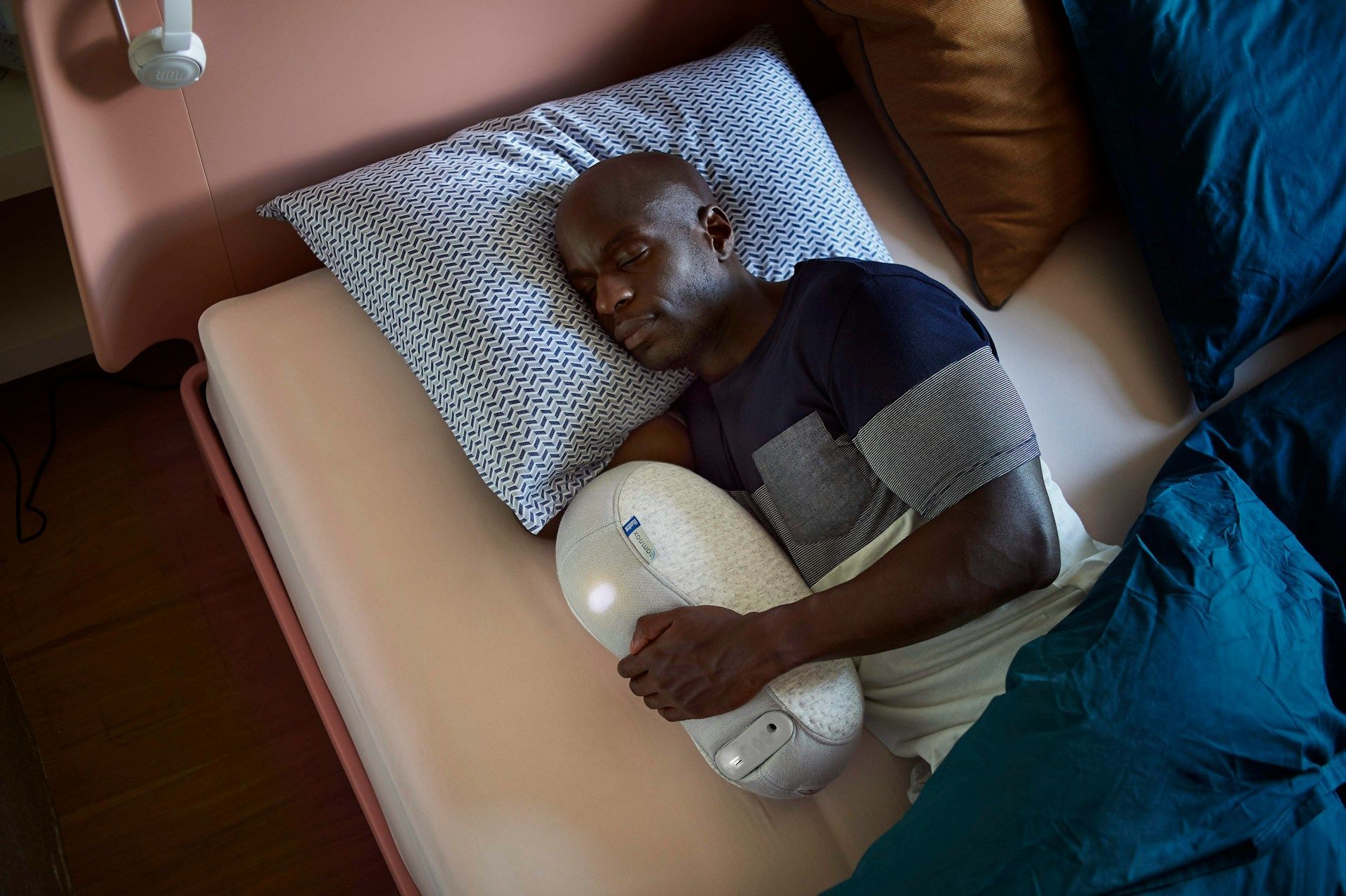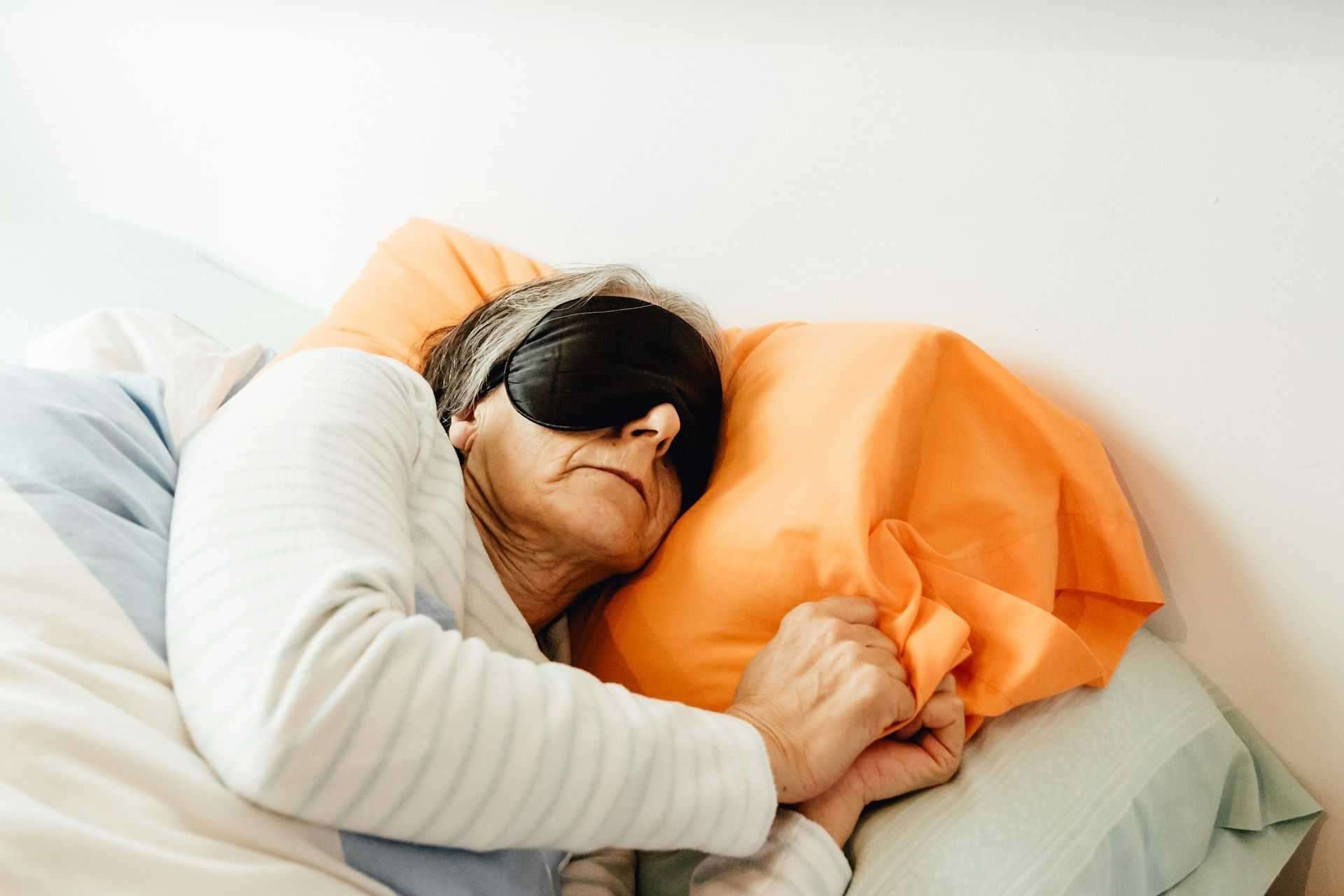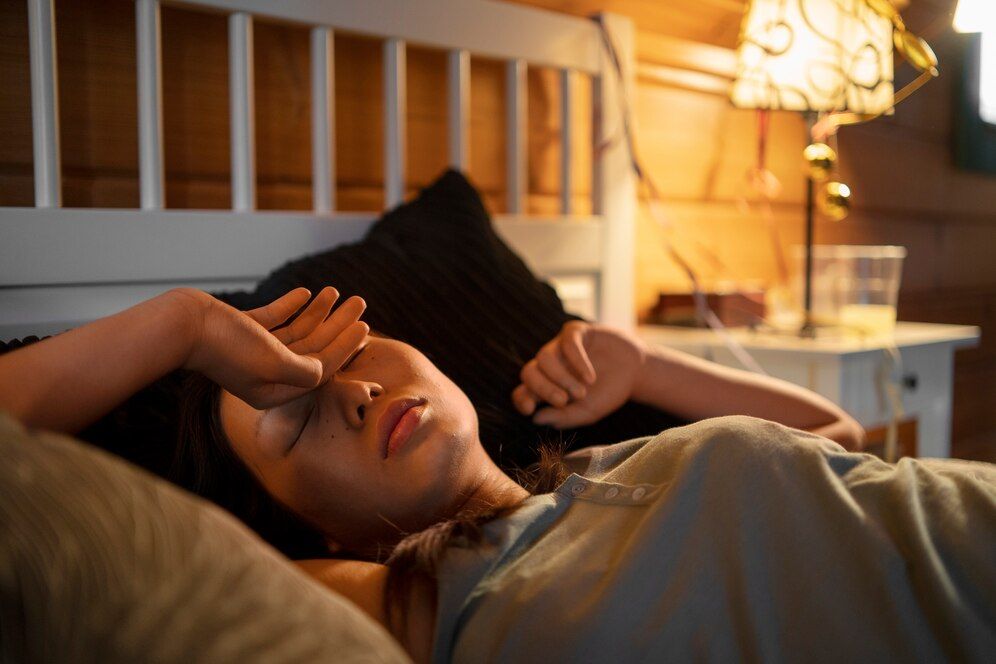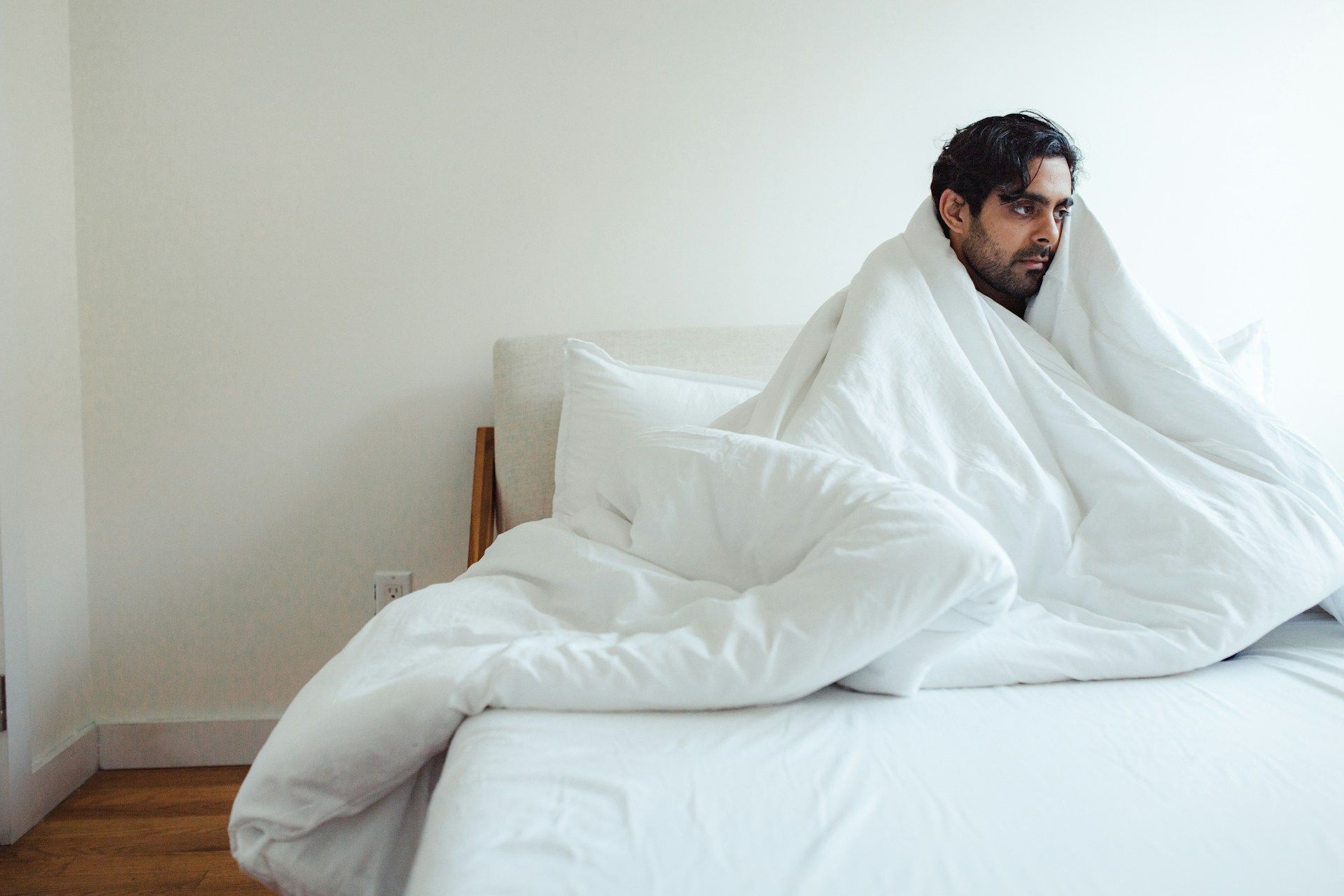Decoding Oral Appliances: Comparing MADs and TRDs for Sleep Apnea Treatment at Sleep Advantage

As an alternative to traditional Continuous Positive Airway Pressure (CPAP) therapy, oral appliances have become increasingly popular as a comfortable and effective treatment option for sleep apnea. With a variety of designs and functionalities available, it's vital for patients to understand their options so they can make an informed decision. In this comprehensive guide, we'll delve into the differences between the two primary types of oral appliances: Mandibular Advancement Devices (MADs) and Tongue-Retaining Devices (TRDs).
At Sleep Advantage, our professionals are dedicated to helping patients navigate the complexities of sleep apnea treatment options. We will be highlighting the advantages, disadvantages, and ideal candidates for each option to empower you with the knowledge needed to make the best choice for your sleep apnea treatment journey. Join us as we compare and contrast MADs vs. TRDs, offering practical advice under the guidance of Sleep Advantage's experienced team.
1. Mandibular Advancement Devices (MADs): Understanding the Basics
Mandibular Advancement Devices, commonly known as MADs, are oral appliances specifically designed to address mild to moderate sleep apnea and snoring issues. MADs function by repositioning the lower jaw (mandible) forward slightly during sleep. By doing so, they prevent the airway from collapsing, which in turn, reduces the risk of apneas, hypopneas, and snoring.
Advantages of MADs:
- Customizable fit: MADs are typically adjustable, allowing for precise calibration of the mandibular advancement to suit individual needs.
- Comfort: Many users find MADs more comfortable than other oral appliance options, given their ability to be fine-tuned for an ideal fit.
- Durable and long-lasting: MADs are often made of high-quality, durable materials, ensuring longevity and robustness.
- Clinically proven: Multiple studies have demonstrated the efficacy of MADs for the treatment of mild to moderate sleep apnea (source: https://www.ncbi.nlm.nih.gov/pmc/articles/PMC4671392/).
Disadvantages of MADs:
- Adjustment period: MADs may require a period of adjustment for users to become accustomed to their new sleeping appliance.
- Dental and jaw discomfort: Some users may experience mild dental or jaw discomfort, particularly during the initial adjustment period.
Ideal candidates for MADs:
- Patients with mild to moderate obstructive sleep apnea
- Patients who experience snoring due to reduced airway space
- Individuals who cannot tolerate or are non-compliant with CPAP therapy
- Patients with favorable dental health, as certain dental conditions may affect the fit and function of the MAD
2. Tongue-Retaining Devices (TRDs): A Closer Look
Tongue-Retaining Devices, or TRDs, are another form of oral appliance that works to maintain an open airway during sleep. Unlike MADs, TRDs focus on positioning the tongue forward, preventing it from falling back and obstructing the airway. This makes TRDs suitable for individuals who may not be ideal candidates for MADs.
Advantages of TRDs:
- Non-invasive: TRDs are considered a non-invasive treatment option for sleep apnea, as they do not involve any surgical procedures.
- No dental impact: TRDs do not rely on jaw or dental positioning, thus posing fewer concerns for individuals with dental problems.
- Suited for various jaw structures: TRDs can be an appropriate alternative for patients with particular jaw structures or conditions that may interfere with the function of a MAD.
Disadvantages of TRDs:
- Limited adjustability: TRDs generally offer less adjustability compared to MADs, which can reduce customization options.
- Comfort concerns: Some users may find TRDs less comfortable due to the direct contact with the tongue.
Ideal candidates for TRDs:
- Patients with mild to moderate sleep apnea who are not suited for MADs
- Individuals experiencing snoring issues due to tongue obstruction
- Patients with specific jaw structures or conditions, including temporomandibular joint disorder (TMJ) or advanced periodontal disease, which may hinder MAD use
- Those who are non-compliant or intolerant to CPAP therapy
3. Factors to Consider When Choosing Between MADs and TRDs
While both MADs and TRDs serve the same overarching purpose of addressing sleep apnea and snoring, there are several factors to consider when determining the best oral appliance for your specific needs:
- Severity of sleep apnea: Both MADs and TRDs are best suited for patients with mild to moderate sleep apnea. In some cases, a sleep specialist may recommend one type of device over another based on an individual's specific condition and airway physiology.
- Dental health and structure: Certain dental conditions and jaw structures can impact the selection of a suitable oral appliance. Consulting with a specialist at Sleep Advantage can help determine which device is most compatible with your oral health.
- Comfort and adjustability: Comfort is an essential factor in effective sleep apnea treatment, as users are more likely to consistently wear a comfortable oral appliance. While MADs, in general, offer more adjustability, some individuals may prefer TRDs.
- Maintenance requirements: Both MADs and TRDs require regular cleaning and maintenance to ensure their longevity and effectiveness. Be prepared to commit to an appropriate maintenance routine to maximize the benefits of either device.
4. The Expertise of Sleep Advantage: Guiding Patients to the Right Oral Appliance
Recognizing that each patient's sleep apnea journey is unique, Sleep Advantage prioritizes a comprehensive, patient-centered approach when determining the best-fit oral appliance. Our team of professionals will:
- Conduct a thorough evaluation of the patient's sleep apnea history, symptoms, and overall oral health
- Collaborate with referring physicians and other healthcare providers to develop a comprehensive treatment plan
- Provide step-by-step guidance and support throughout the decision-making process
- Offer follow-up care to ensure long-term success with oral appliance therapy
At Sleep Advantage, we understand that successful sleep apnea treatment fundamentally relies on finding the right oral appliance option for each individual. By offering both MADs and TRDs, we cater to our patients' varied needs, preferences, and comfort levels, ensuring an exceptional treatment experience.
Achieve Restful Sleep with Sleep Advantage's Expert Guidance: MADs vs. TRDs
As we've explored, the choice between Mandibular Advancement Devices (MADs) and Tongue-Retaining Devices (TRDs) for sleep apnea treatment depends on various factors, including the severity of sleep apnea, individual oral health, and personal comfort preferences. At Sleep Advantage, our experienced and compassionate team is dedicated to helping you navigate these factors, ensuring you receive the optimal oral appliance tailored to your specific needs.
Don't let sleep apnea hold you back any longer. Schedule a consultation with Sleep Advantage today and discover how our expertise can help you make an informed decision regarding your
oral appliance for sleep apnea. Together, we will develop a comprehensive treatment plan designed to restore restful sleep, improve your overall health, and enhance your quality of life. Take the first step towards better sleep with Sleep Advantage—your partner in sleep wellness.










